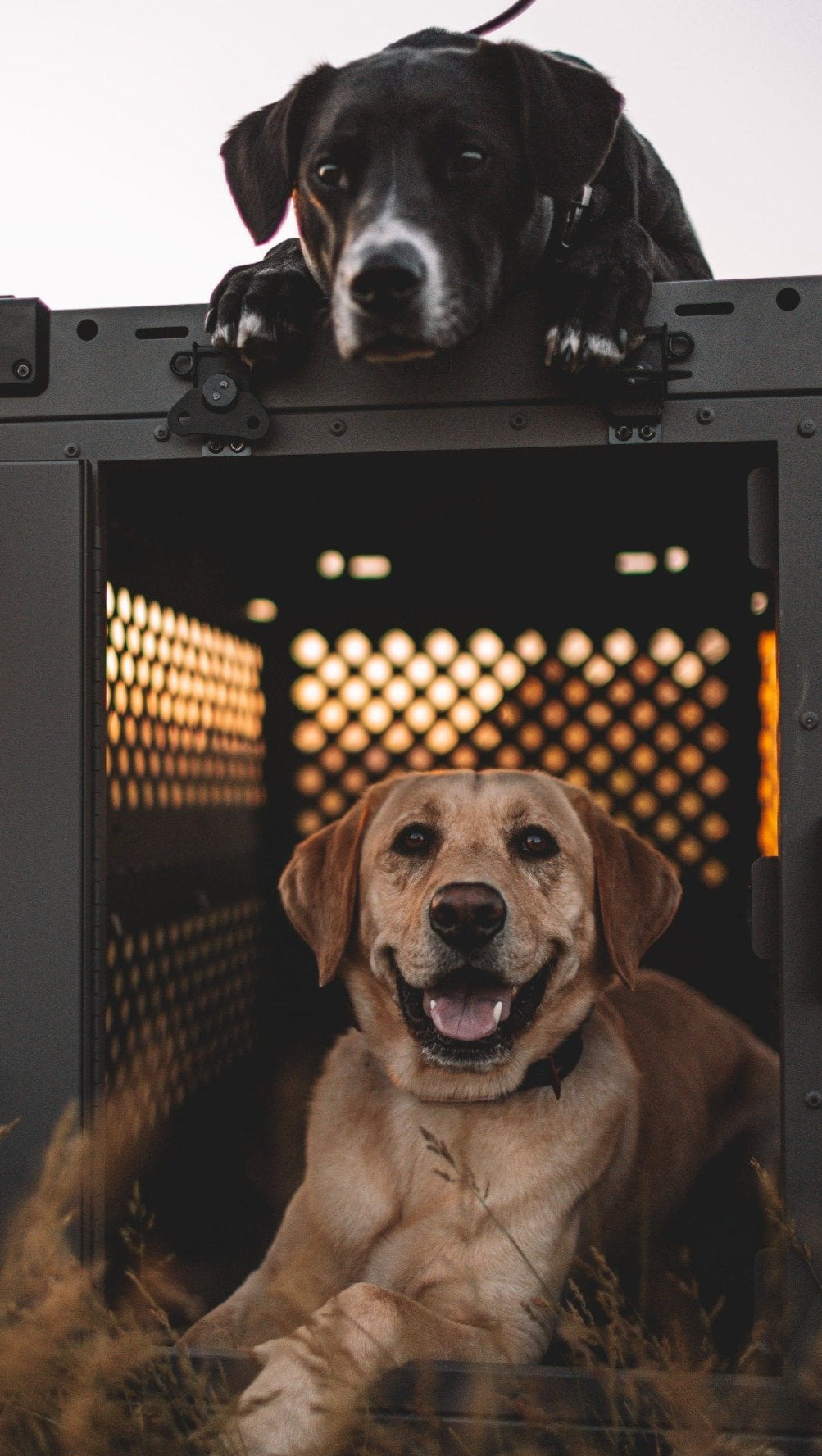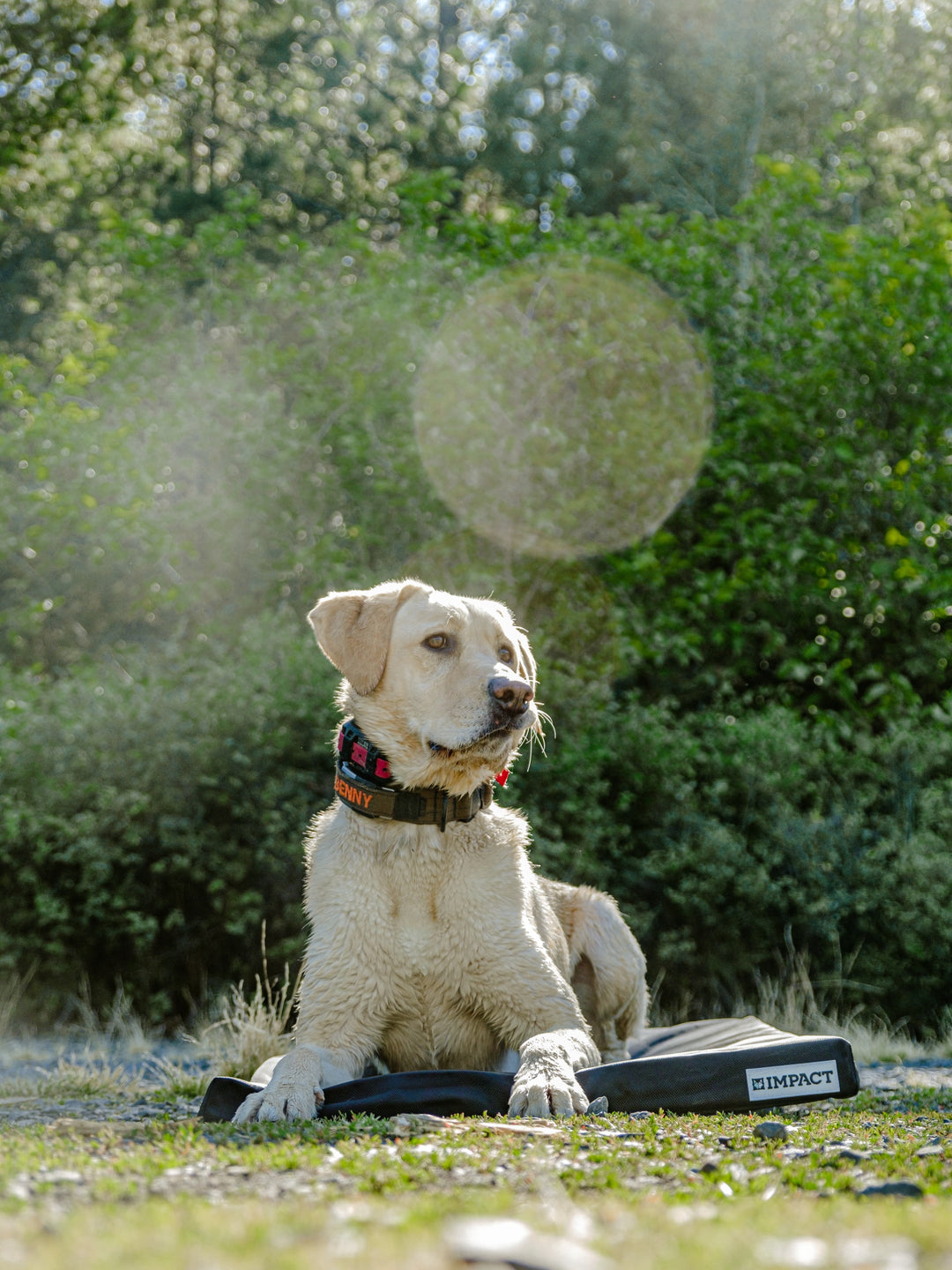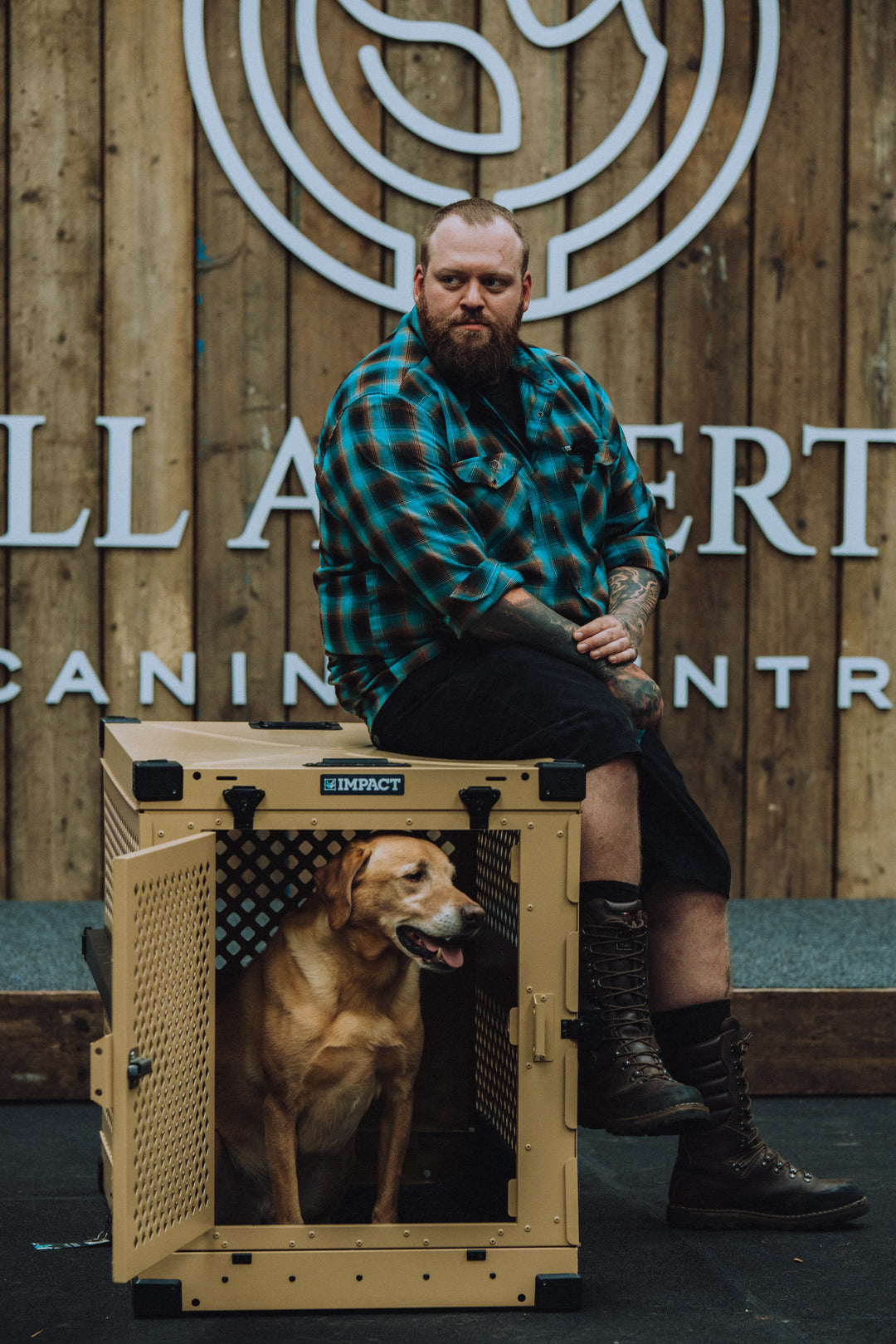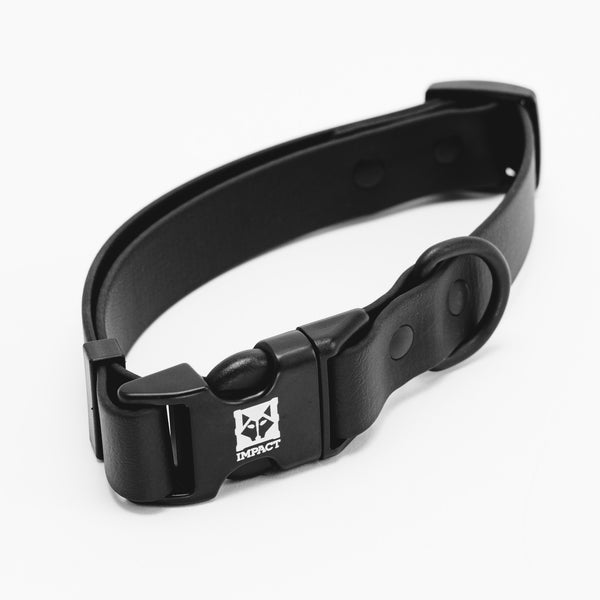If you identify yourself as a dog owner, anal glands won’t sound alienish to you, or maybe recently you smelled a related problem as well. While the topic might not appeal to you as compared to other dog blogs, you need to understand your dog’s anal glands for their comfort and overall health. This blog will fulfil the purpose of telling you everything, such as their purpose, way of working, common issues, symptoms, causes, and treatment methods.
What Are Anal Glands?
Anal sacs or anal glands are two small pockets simlar to a pea located just inside your dog’s rectum. You can figure their location as being at the 4 and 8 o’clock positions near to the anus. These are special structures, lined with apocrine sweat glands, and their primary job is to produce a thick, quite distinctive, and foul-smelling secretion. The secretion in the form of fluid is in small quantities, you will see it when your dog poops, adding mistute to the stool and a vital purpose in canine communication.
What Are Anal Glands For?
Both domestic and those on the road, heavily depend on their anal glands for multiple properties. Mainly for marking their territory and identification separately, these produce a scent that is extremely specific and individual in every dog’s case, like humans have a unique fingerprint and different signatures to prove their identities in the natural world. This personal scent plays a vital role in transmitting a treasure of information to other fellow canines, including details surrounding the age, sex, overall health state, and even their emotional condition. This system might seem complicated to you, but for them, it is a regular means of communication, through which they sniff and even greet each other, creating a way to read each other’s messages via scent, acquiring valuable social information, helping them in establishing recognition and familiarity within their sector.
How Do Anal Glands Work?
Despite being small in nature, anal glands play a crucial role in pysiology and communication of canines, let’s give you a detailed insight as to how does this work:
The Secretion Process
The anal glands are small sacs with a lining of specialised apocrine glands. These consistently produce a fluid that varies in texture, as some are thin and oily, while others can be thick and pasty. As far as he colour is concerned, even that can range from being light to a darker brown, the exact consistency and composition of the specific secretion depends on your dog’s diet, hydration, and even their separate metabolism. The fluid keeps collecting inside the anal sacs until they come out naturally.
The Defecation
The most common method of natural expression is through defecation. When your dog passes stool, the firm clusters puts pressure on the walls of the anal sacs, this straining gets combined with the muscular contractions in the sacs cause the fluid to come out of the small ducts that open right inside the anus. The method enables the distinct scent signature to be deposited onto the faeces and droppings, marking the territory while providing information to other dogs that might see the droppings. If your dog has healthy anal glands, this natural stool motion, happens regularly without extra external efforts.
The Role of Muscle Contraction
Apart from the physical pressure, the structure of the muscles surrounding the anus also plays an essential role in the functioning. The anal sphincter muscles, which control the opening and closing of the muscles of the anus are equally involved in the release of anal gland contents. When these muscles contract during the particular movement, they further assist in compressing the sacs and make sure the fluid is released. However, if your dog’s anal muscles are not that toned and fail to control the opening and closing, then that can certainly affect the natural defecation method.
Scent Release
Even if not defecating, dog use anal glands to release scent when they are feeling too stressed, fearful, and extremely excited. As a dog parent, you might have noticed this stench, making you wonder if they have not pooped why is this smell coming. The reason lies in their anal glands, which has involuntarily released the odour, in situations when they become very emotional, the anal sphincter may contract and release the contents. However, this is said to be their traditional defence response, which serves as a signal to scare predators or call other dogs for help. Yes, the small can be very off, but it also acts as a strong chemical.
Regular Expression: Why Is It Important?
When dogs are healthy, the anal glands serve the purpose naturally and efficiently. But, if you feel the texture of the stool and it is consistently too soft or the pressure exerted on the anal glands is not enough, the hint is that the sacs might not be fully empty. This can result in a collection of fluid that can become thicker over time, hence, regular bowel movements are preferred to maintain the normal functioning of these anal glands, while preventing the possible issues. Therefore, you must understand the natural process to recognise what your dog is going through and whether they need to be taken to the vet or not.
What Are Some Common Anal Gland Issues?
Yes, anal glands help your dog in pooping, but there are also some commmon problems that can impact your dog’s health issues and become a major source of discomfort. Therefore, when the natural method acts weird, several problems can arise, which can vary from being mildly irritating to severe infection as well:
Impaction
The impaction barrier is the most frequent issue experienced, happening when the anal sacs are not completely emptied, resulting in an accumulation of a thick, and an off-smelling secretion. The following factors contribute to this problem:
Soft or Loose Stools
Loose or soft stools are the most common culprits. If you catch your dog producing soft or loose, that straightaway means there isn’t enough firm pressure put on the anal glands during defecaton to squeeze out firm contents.
Dietary Factors
Do you feed your dog with meals consisting of fibre, or have you lately served them with a recipe that led to upsetting their digestive system? If you believe you have done so, then these might be good reason that dietary fsactors affected your dog’s anal glands leading to inconsistent stools.
Obesity
Obese dogs have etra fat deposits around their anal area, which can disturb the natural release of the glands. Therefore, if your dog is also overweight and encounters challenges while the movement, it’s high time you change their diet.
Lack of Exercise
How often do you play with them or take them out for physical exercise? If you hardly do that, then a lack of movement also weakens the anal sphincter tone, affecting normal expression. Kindly, start exercising with them and gradually increase the time duration, as you don’t want to exhaust them.
Anatomical Abnormalities
In some dogs there are very narrow anal gland ducts or are situated in an unusual position, making it a real hindrance for the natural expression to happen.
Chronic Inflammation
Basic skin conditions and allergies can also result to swelling around the anal area, possibly damaging the ducts. Hence, if you doubt that your dog has the same, immediately rush to the hospital for the vet to diagnose the actual issue and start the treatment accordingly.
After impaction, the fluid within the sacs even turns thicker, resembling toothpaste, causing immense uneasiness to your dog while defecating.
Infection
If you keep delaying the treatment of your dog’s non-functioning anal gland, the fluid opens the ground for the bacteria to breed on. This can result in an infection of the anal sac, a condition termed sacculitis, whose symptoms are usually more critical:
Severe Pain
The area of the anal glands will be very tender to touch, causing your dog to feel severe pain and discomfort.
Swelling
You might spot swelling and redness around that area, making your pet feel miserable when they are trying to pass stool.
Pus
When the degree of infection progresses, you might observe pus or blood from your dog’s anal galnds opening. This wil make it a challenge to poop normally.
Fever
Believe it or not, in severe cases, the dog may develop a fever as well.
Exhaustion
If your dog is not feelings as active as they are usually, then the anal glands are speaking to you. Infected ones result in a lack of hunger and exhaustion.
In this situation, bacterial infections usually demand the attention of the vet so they can flush your dog’s sacs, help your dog to express manually, and prescribe antibiotics.
Abscess Formation
An abcess forming in your dog’s anal glands is a serious complication that can come from an untreated infection. Delaying the treatment lets the bacteria grow quickly within the sac, where pus collects, resulting in a painful pocket of infection. The pus starts putting on pressure, making the abscess rupture through their skin, creating an open an draining wound near your dog’s anus.
Signs Of An Abscess
An abscess is quite painful for the dog and indicates a medical emergency. Signs include:
Extreme Swelling - An evident and painful lump near your dog’s anus.
Very Painful - Your touch might make your dog cry. They would prefer standing instead of sitting, and avoid getting their hindquarters in direct contact with the ground, too.
Hesitation While Pooping - They might feel immense pain while naturally defecating, compelling them to hesitate and tolerate the torture.
Drain Tract - A ruptured abscess will leave hole in your dog’s anus throug which blood or pus may drain.
Treating an abscess involves draining through rupture or surgery, via proper cleaning, and a course of antibiotics.
Tumours
Tumours tend to be less common than infection or impaction, but can develp into anal glands. These can be cancerous and non-cancerous as well, and in this category there is adenocarcinoma as well that can come from the anal glands. The symptoms are as follows:
Swelling - You will feel a lump or see it near your dog’s anal gland area.
Putting Efforts To Poop - The presence of tumour can put efforts on their rectum, making it difficult for them to poop.
Changes in Shape - The compression from the mass of the growth can change the shape of the stool.
Hypercalcemia - This means high calcium levels in the blood which is due to some malignant anal gland tumours that can produce a hormone, resulting in symptoms like more thirst, exhaustion, and tiredness.
What Causes Anal Gland Problems?
The causes of anal gland problems are as follows:
Inconsistent Stool
Inconsistent stool is the most common cause of impaction of anal glands. The natural expression depends on the pressure as they pass through the rectum in the following styles:
Soft or Loose Stools
If you see your dog’s poop constantly soft or loose, there isn’t enough firmness in the texture to put the required pressure against the anal sacs to empty them, the anal glands are not workin properly.
Constipation and Diarrhoea
Neither of them is good news and can pose a risk. At one end, diarrhoea stops expression at the same time, constipation can also result in issues if the stool becomes very hard and dry, irritating the area or causing it to swell too.
Diet
The food you feed your dog plays an essential role in the consistency of stool and their entire digestive system, affecting the anal gland’s functioing:
Low Fibre Diet
Fibre acts as a vital element in your dog’s diet as that assists in forming firm stools and easy to pass. However, if it’s not part of your furry fellow’s feed, then that leads to softer stools.
Food Allergies
Does your dog have any undiagnosed food allergies or even sensitivities? If so, that can result in severe gastrointestinal upset, swelling, and soft stools, that are responsible for anal gland issues.
Obesity
Is your dog over- or underweight, especially around their hindquarters? If the answer is yes, then hear it out loud that obesity is another cause of anal gland issues affecting the natural expressions:
Physical Damage
The extra tissues of the fat can surround your dog’s anal sacs, making it harder for the glands to get compressed and emptied during stool movement.
Less Muscle Tone
Overweight dogs can also have weak abdominal and nala sphincter muscles, further challenging the natural squeezing action.
Lack Of Exercise
Were you aware that not giving your dog a chance for physical activity can also contribute to these issues? While less direct, it has an impact:
Reduced Toning Of Muscles
Regular physical activity opens the ground for maintaining muscle tone throughout your dog’s body, including the sphincter muscles that help in the expression of the glands.
Slow Digestion
A lifestyle where your dog is usually sitting or lying down can, at times, result in slower digestion, hindering stool consistency.
Genetic Factor
Some dog breeds have this problem genetically:
Narrow Ducts
The narrow duts from the anal sacs to the outside can be tiny since birth, creating a huge barrier for them to pass thick fluid to pass easily.
Unusual Gland Location
Sometimes, anal glands themselves have an unusual gland location. For instance, the sacs might be deeper or at a different angle, making the natural system less convenient.
Allergies
Core allergies, regardless of being environmental or food related, can lead to swelling and agitation around the anal area:
Swelling
Intense itching and redness around your dog’s anal area can swell tissue around the glands and their ducts, making the portion narrower for natural expression.
Extra Secretion
In few cases, it is witnessed that allergies might change the frequency of anal secretion, leading to extra secretion.
How Is It Diagnosed?
The vet will make the most out of the following methods to clear your doubts regarding anal gland issues:
Physical Examination
Your vet will conduct a physical examination, where they will palpate te anal glands to check for infection, abscess, or impaction.
Manual Gland Expression
If the vet finds your dog’s glands full, they will manually express to release the pressure and check the discharge.
Culture Test
In case of an infection, a sample of the secretion may be forwarded to the lab to identify the bacteria and prescribe the correct antibiotic.
Imaging
If your dog has a tumour, your vet will recommend imaging, like getting an ultrasound, and a biopsy may be needed for accurate diagnosis.
How To Treat?
Your vet will tell you the correct treatment method, but a few common ones are as follows:
Express Manually
When impaction is simple, vets express it manually with the help of a vet or a groomer. Some dogs may require this regularly.
Antibiotics
Infections may demand oral or topical antibiotics, with anti-inflammatory medications to decrease swelling and pain.
Warm Compresses
If the vet feels that an abscess is forming, then warm compresses may be used to reduce uneasiness and promote drainage.
Conclusion
We hope your dog’s anal glands are healthy, but if not now you know how to tackle te situation and for severe conditions get in touch with your vet. They will handle the matter and prescribe you the necessary medications.













